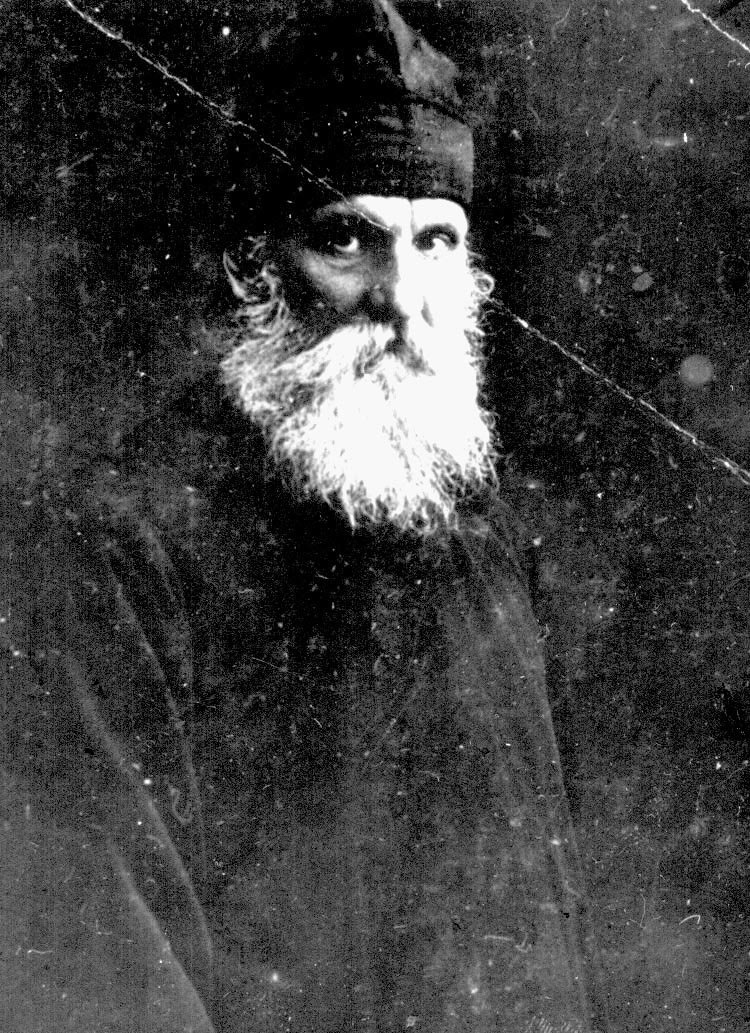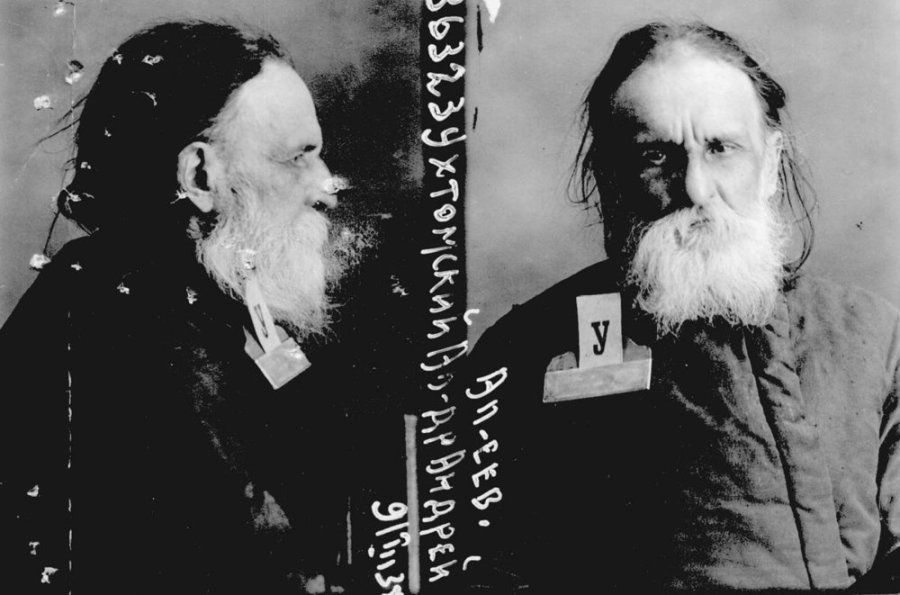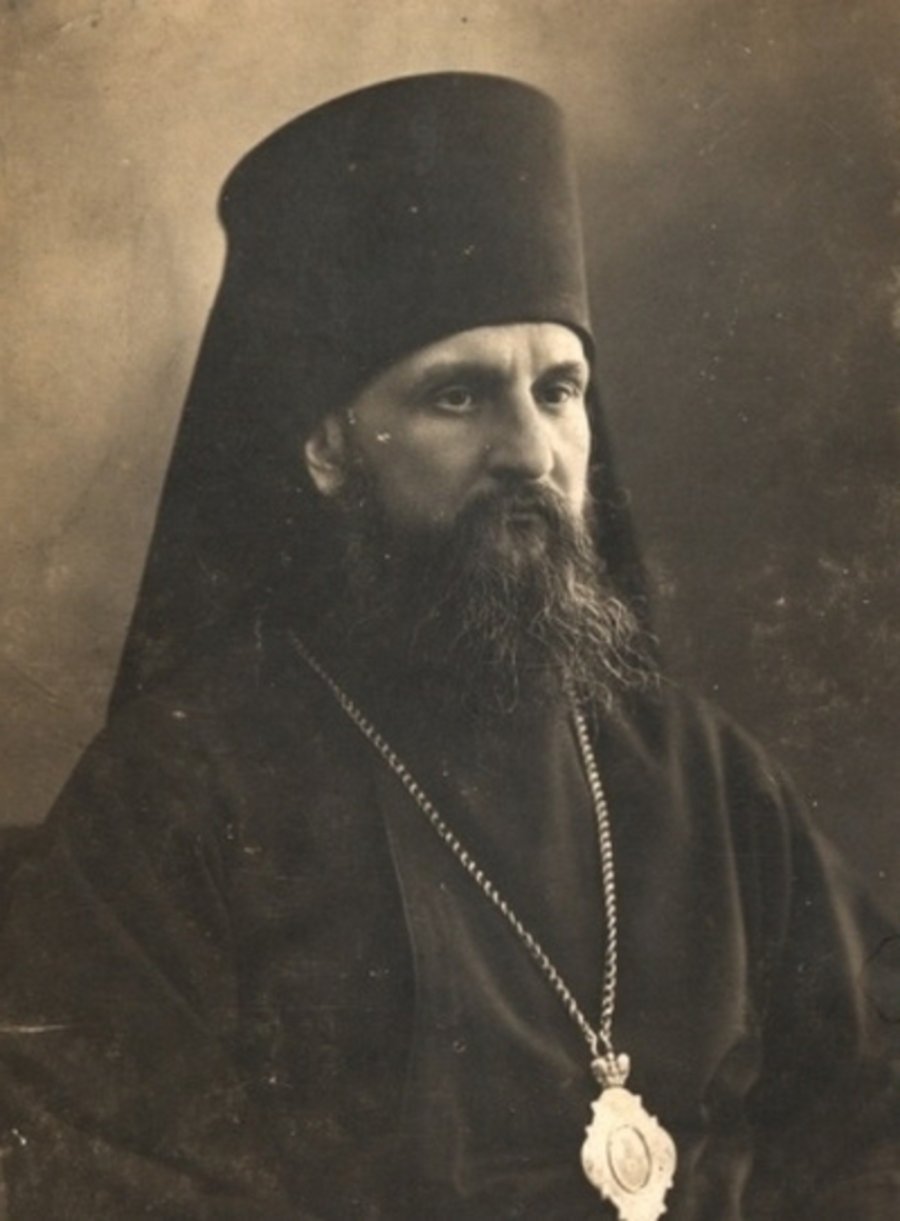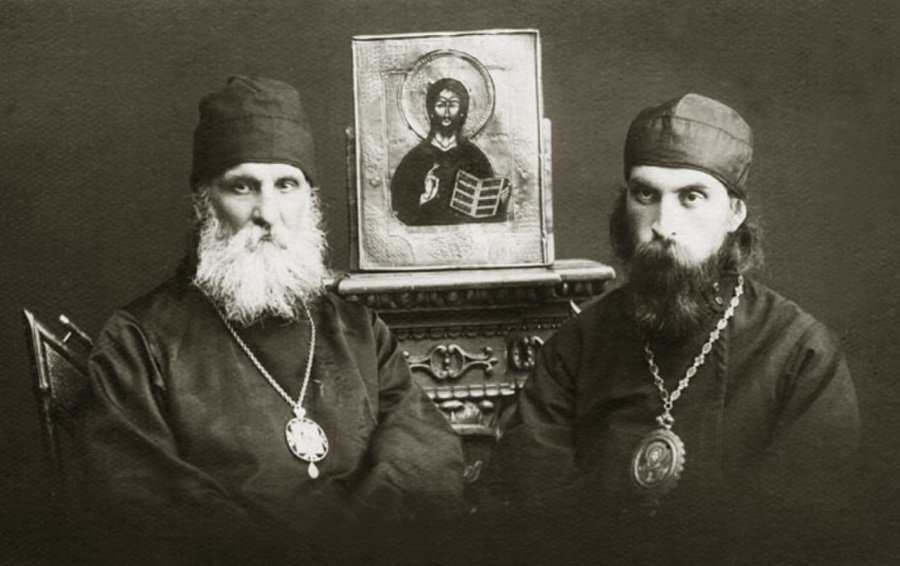On the day of the memory of archbishop Andrew we offer our readers a small "apologia" of the Ufa pastor.

There are many people in the new-rite community at all levels who are critical of the Old Believer spirit and of the Edinoverie in particular. Accordingly, all the activities of Bishop Andrey (Ukhtomsky) are hardly close and understandable to them. It would be strange to expect them to be predisposed towards his glorification.
Bishop Andrew himself felt such an attitude towards himself even during his lifetime on the part of his own contemporaries:
"Only complete ignorance of what Old Belief is makes our 'Orthodox' speak so wrongly, so falsely about me and my relations to the schism and to Old Belief".
Old ritualists see in bishop Andrew the brightest Orthodox advocate for the old rite, the driving force behind Edinoverie, who was martyred like many other confessors of faith of the early Soviet years. So, part of the question is from what intra-church position to look at the work of bishop Andrew.
It is not easy now to imagine how Orthodox people felt in the difficult post-revolutionary years, when the Church felt completely fragmented. It is not for us to judge them for this or that position with regard to the Church and its individual hierarchs. In glorifying the New Martyrs and Confessors of Russia, the Church treated their fates and personal confessional choices with deep understanding, at the same time sanctifying the names of people with the most diverse understanding of the further development of the Church in those troubled times.

Against this general background, the figure of bishop Andrew remained as if put out of the brackets. As if for insufficient evidence: either for or against..... And this is despite the fact that in the ROCOR bishop Andrew was ranked among the New Martyrs. This ambiguity and understatement leaves room for one's own understanding and attitude to the activities of Andrew (Ukhtomsky). It is also possible that today for the ROC the consideration of issues concerning bishop Andrew is not significant. Or, perhaps, even undesirable, a known dead end, or already tacitly decided.

The old ritualist environment is extremely small not only on the scale of Russia, but also of the whole world. This, in turn, contributes to its internal contact both at the level of communities and at the level of the clergy. In this context, the figure of bishop Andrew is perceived as one of the common symbols of Edinoverie. But with some dissonance - in the light of the difference between the decisions on his canonization in the ROC and ROCOR.
The "History of Old Belief" of bishop Andrew (Ukhtomsky) is described and discussed in detail. It was probably the stumbling block that prevented him from being recognized as a New Martyr in ROC MP. But he was not included in the list of schismatics either, for it is difficult to argue with the fact that the basis of his relationship with the Old Believers is, first of all, the idea of reconciliation and healing of centuries-old divisions. The Church is still unsuccessfully trying to heal this wound of Russian Orthodoxy, but at the same time rejects living and well-intentioned attempts to overcome the schism by its faithful children, as we see in the example of bishop Andrew. And let these attempts seem overly romantic or extravagant to some, they are based on a sincere desire to serve the great cause of the Church, especially during the years of terrible persecution.

Love for Old Belief never overshadowed the criticality of bishop Andrew's judgments toward the Old Believer hierarchies. He always emphasized the ambiguity of their origin and advocated a return to the old rite exclusively on canonical grounds. In this respect, his path is not that of a schismatic, a defector or a heretic. Here are a few of his quotations on this matter:
"One point alone in the organization of Old Believers is disputed - the canonical dignity of the Belokrinitsky and Beglopopov (Novozybkovtsy - ed.) hierarchies. It is impossible not to lament the fact that the Belokrinitskaya hierarchy did not derive its origin from a canonically impeccable source, and the organization of the Beglopopov hierarchy is even less satisfactory. Certainly, the Belokrinitskaya hierarchy canonically stands incomparably higher than the Zhivotserkovsky (Renovationists - ed.) bishops - clearly dishonorable, clearly arian, and clearly rejecting the very substance of Church life; but the sin of some cannot be an excuse for others."
"In the middle of the 19th century these Old Believers, by a very difficult and canonically very controversial way, succeeded in getting a bishop from whom the Belokrinitsa Old Believer hierarchy got its origin. But this Belokrinitsky hierarchy got its origin from such a controversial source that even many Old Believers themselves preferred to stay with the "runaway" priests rather than accept the Belokrinitsky hierarchy".
"The Old Believers have suffered their own hierarchy. This hierarchy, although canonically challenged, nevertheless remained faithful to the Church's principles and did not succumb to the temptation of Caesaropapism."
"It is necessary to preserve the whole truth of Old Belief, but in addition it is necessary to establish it on indisputable canonical grounds."

"Of course, I was offered 're-anoitment,' i.e., my admission to the brotherhood of the runaway Old Believers 'as a second rank.' But I, of course, resolutely refused any 're-anoitment.' I said that I was an Orthodox bishop and was not in any heresies, and therefore I could not refuse any heresy."
"But remember that they joined me! It was not I who went to the Old Believers".
In the early 1930s, being in Moscow after another imprisonment, bishop Andrew was looking for a church to pray in. Among the Renovationists and ex-Renovationists there is not much choice for an Orthodox bishop. Bishop Andrew contacted the Serbian community, as well as the catacombists, where he ended up, but not for long: the rector of St. Nicholas Church in Podkopaevsky Lane, presumably "for fear of Sergianism", asked the bishop not to visit the church anymore. And only after that, bishop Andrew went to Rogozhskoye cemetery to the Belokrinitsa Old Believers, where he was received with love and as a bishop.

Mikhail Krasnov


